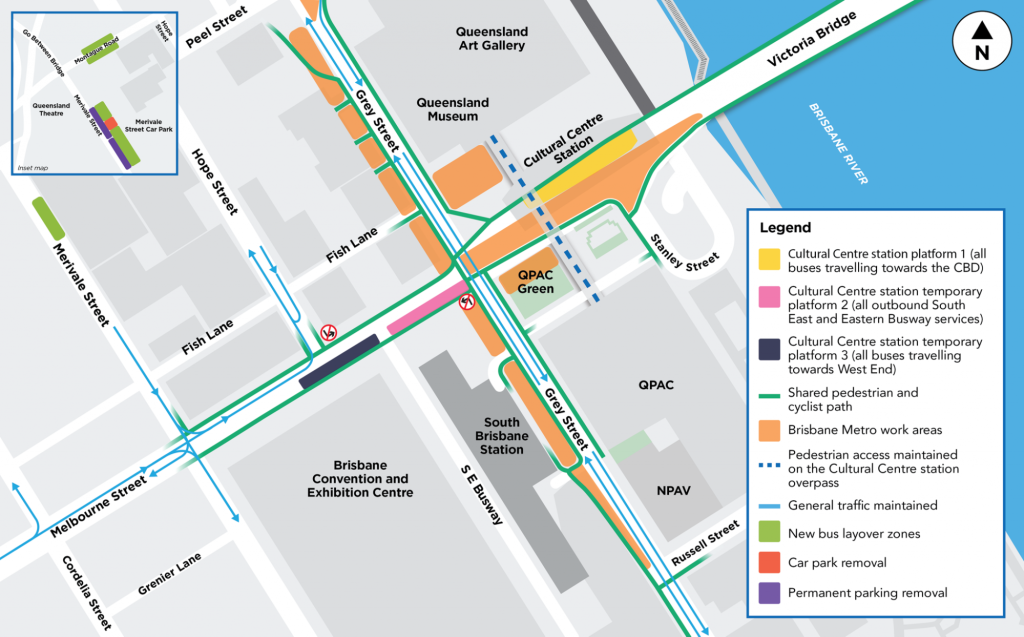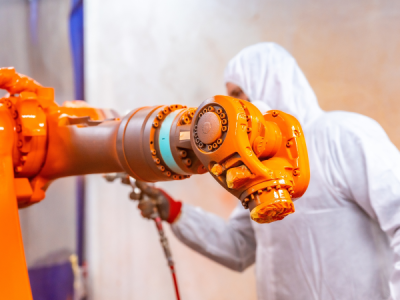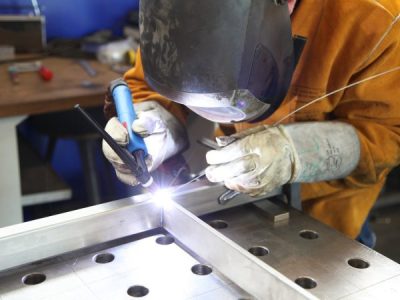If you’ve journeyed to the Brisbane Cultural Centre lately, it’s clear from all the scaffolding and people in hi-vis that something is going on — but what? The Cultural Centre has been closed off for a huge re-development for Brisbane’s new inner-city transport hub.

The major construction is set to continue until 2024.
So, what’s the reason for all this hubbub? Well, Brisbane Metro will unveil a fleet of fully electric buses that are set to make inner-city commute much simpler for residents.
The first stage is set to provide two new Brisbane Metro lines that will connect 18 stations between Eight Mile Plains to the Royal Brisbane and Women’s Hospital with additional stops in Roma Street, and the University of Queensland.

Some of the upgrade highlights include:
- revitalising 1.7 km of streetscape along Adelaide Street, from Edward Street to Victoria Bridge
- improved footpaths and bus stops
- new landscaping and street furniture
- installation of three lanes for Metro and bus services across Victoria Bridge
- cycle lanes on Melbourne Street and at North Quay for ongoing connections from South Brisbane to the rest of the CBD
- new river viewing deck and more space for pedestrians at North Quay
- new scramble crossing on the downstream side between Victoria Bridge and Reddacliff Place
- underground Cultural Precinct Bus Station
Brisbane Civic Cabinet chair for Transport Councillor Ryan Murphy said the $1.7-billion mass transit project would significantly expand the city’s transport capacity when it is completed in 2024.
“Transforming the Cultural Centre station will be just one of the huge benefits of our Brisbane Metro project,” Murphy said.
“Under our redesign, the Cultural Centre station won’t just be a bus stop but an entirely new precinct.
“With lots of open space and improved platform design, people will be able to easily move through the bus stop and connect into QPAC and the museum and art galleries.

“Wider footpaths, shaded walkways, public art, a shared cycleway and a brand new pocket park on Grey Street will also be delivered.”
Lord Mayor Adrian Schrinner described the project as “the most advanced electric vehicles” dedicated to public transport.
The council ordered 60 buses for the network and the pilots are expected to undergo rigorous testing before going live.
Will Brisbane’s New Busses Be Faster?
Yes. The electric buses will have the capacity to bypass traffic, making them more reliable than the existing transport measures. In Brisbane, two-thirds of public transport users rely on buses. The city and state governments see the importance of unclogging CBD streets by utilising this new electric bus infrastructure.
“The tunnel will reduce the number of buses clogging CBD streets by up to a third, during the morning and evening peaks,” said Civic Cabinet Chair for Transport Ryan Murphy.
Why Is Brisbane Using Electric Busses?
The push is part of Queensland Government’s vow to reduce carbon emissions.
Queensland Transport Minister Mark Bailey has pledged that all new Translink vehicles will be electric by 2025.
“We have committed to seeing every new Translink bus be zero emission in south-east Queensland from 2025, and in the regions between 2025 and 2030,” he said.
What Is The Adelaide Street Tunnel?
The Adelaide Street Tunnel is part of the overarching Brisbane Cultural Centre Metro Station plan. Tunnelling works have been going on beneath Adelaide Street with a reported 170 piles now completed.
The 213-metre Adelaide Street Tunnel is set to provide direct connection between the South East Busway and the Inner Northern Busway for Brisbane Metro vehicles and buses, while avoiding above-ground traffic.
What Will The Cultural Centre Metro Station Look Like?
That all sounds well and good, but if you’re a visual learner, Brisbane City Council has released some stunning renders of what the Cultural Centre precinct will look like.




